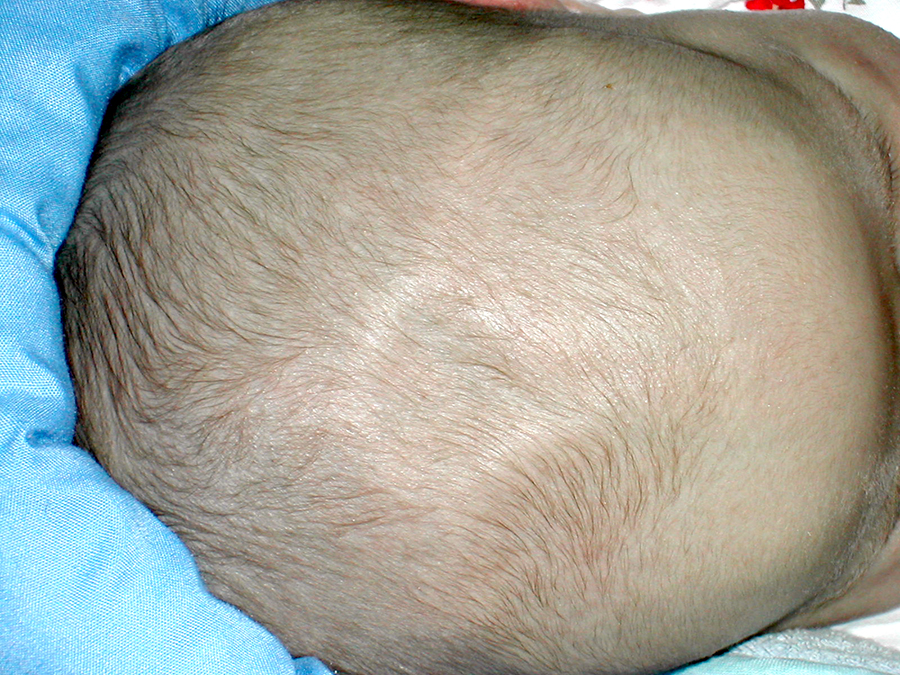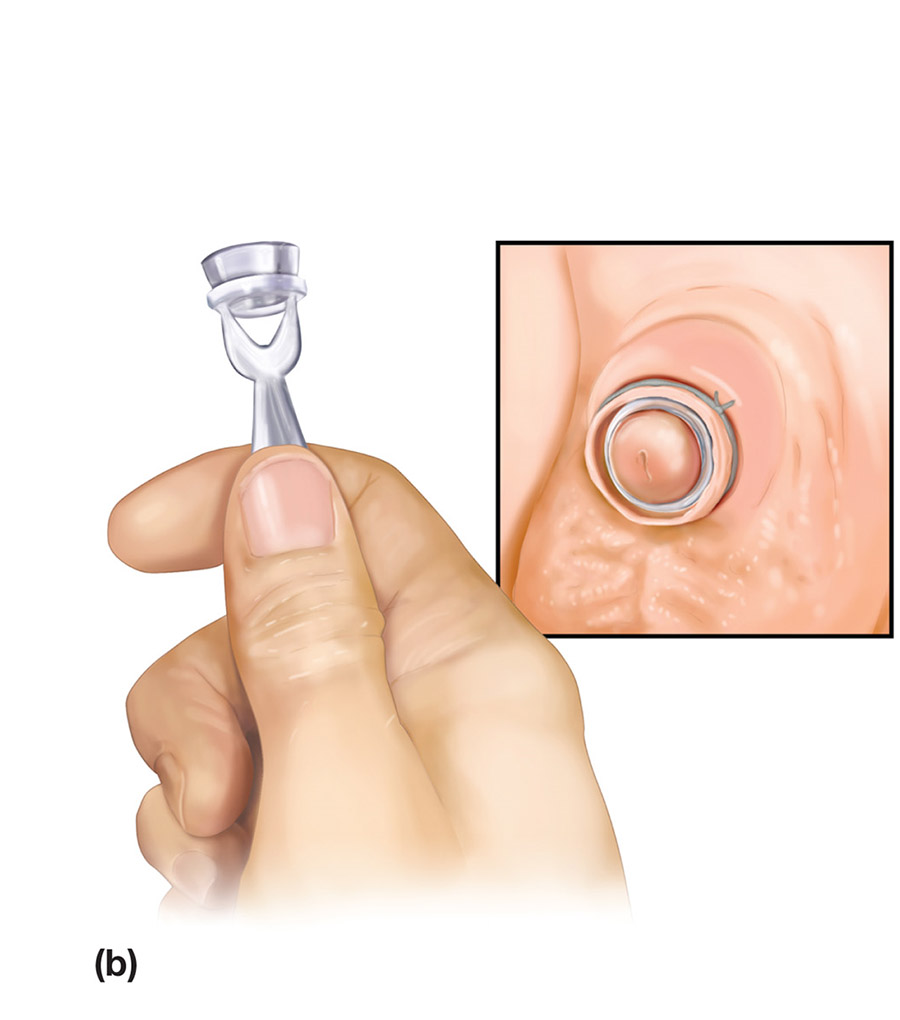Advice to Ignore, Things to Remember and Stuff Not To Stress About – Part 3
Parenting advice – something that we all probably need at one time or another; but, something that is awfully easy to get tired of.
Especially with the arrival of a new baby, well-meaning-advice-givers seem to come out of the woodwork; AND, if you’ve “registered” anywhere onlineNewborns and babies draw parenting advice from everywhere with your email address – LOOK OUT! Advice attached to a price tag (obvious or hidden) can bury you.
It wouldn’t be so bad if all of it merely was true and correct! But it’s not. And, depending upon where you’re getting it, it even may be mostly wrong!
In previous articles we’ve discussed some “Advice to Ignore” and some “Things to Remember“ which I’d been saving up on yellow stickies waiting for the proper time to write about them.
Finally, realizing that time may never come, I decided to lump them all together in an article (now a series) and hopefully help parents reduce their stress level – if only just a little.
So, here we go with part three:
Stuff Not To Stress About
I can think of about five questions which are asked of me in every prenatal class that I speak to – which usually means either that existing information isn’t readily accessible or that what is there is conflicting or confusing.
“Soft” Spot
Much to the benefit of mothers, nearly all babies’ heads have flexible areas in key positions which allow some bending and molding during the birth process.
 An infant's anterior fontinelle or soft spotWhere these areas meet, both anteriorly and posteriorly, the area is known as the fontanel or “soft spot.” Despite its flexibility, it’s made out of fairly strong “stuff” and, in fact, has several shock absorbent layers between the outer skin and any brain tissue.
An infant's anterior fontinelle or soft spotWhere these areas meet, both anteriorly and posteriorly, the area is known as the fontanel or “soft spot.” Despite its flexibility, it’s made out of fairly strong “stuff” and, in fact, has several shock absorbent layers between the outer skin and any brain tissue.
So, no, you are not feeling the baby’s brain when you touch the soft spot; and, there is no need to completely avoid the area with your wash cloth.
Of course always be careful when handling any part of a baby’s head or neck, but there is no need to stress about accidentally touching it, cleaning it with a wash rag or even hair brush.
Hiccups
Under the heading of DIIK (DarnedIfIKnow) are hiccups. Nearly all babies have bouts of them and often for no apparent reason. Sometimes after feeding – or not. Sometimes after crying – or not. Sometimes when tired – or not. Sometimes on Wednesdays – or not.
Sometimes they only last minutes. Other times it can seem to last hours. Are you getting the picture? And no one knows why. Our best guess is that it probably has something to do with a developing nerve reflex between the brain and the diaphragm which takes some time to mature into the “normal” reflex.
As you might find out, it does NOT go away with someone shouting “boo.” You might could try a supplemental bottle of water if the bout goes on longer than you’d like; which could work – or not. At any rate, nothing to stress about.
Stool
 It often comes as a surprise to new parents that it seems as if there’s a straight shot between a baby’s mouth and bottom. Almost immediately, it seems, or at least fairly quickly, putting something in at the top comes out the bottom.
It often comes as a surprise to new parents that it seems as if there’s a straight shot between a baby’s mouth and bottom. Almost immediately, it seems, or at least fairly quickly, putting something in at the top comes out the bottom.
It’s not the exact same material of course, but an infants gastric reflexes are pretty well tied together at first and once a part of them starts moving they all move. Most stools are quite soft initially but sometimes they can even be “runny down the leg” and still be normal as long as every thing else is ok and they’re growing well.
Breast milk can be digested very quickly which often gives soft stools. And, the “softness” doesn’t seem to make any difference in the “faces” the baby will pull, nor the “grunting” they make, while having a “movement.”
Babies usually settle in to a “pattern” within a few weeks which will make it easier for you to spot changes. Again, nothing to stress about.
Baby Acne
Acne is not just an adolescent issue, babies are sometimes born with a blemish or two caused by the higher levels of mother’s hormones. Of course the hormone levels, which have had free access to the baby’s blood stream across the placenta, get cut off at birth so begin diminishing.
It doesn’t happen overnight however. Often times it can take weeks to months for things to adjust and the blemishes to disappear.
Until that time, they aren’t hurting anything so leave them alone. The surrounding skin is so tender that squeezing or pressing hard enough to express them will itself cause damage, not to mention possibly breaking the skin and opening to “real” infections.
Neither do they need special acne face washes. Your normal cleansing at bath time with a soft rag and usual baby soap will be fine until they go away on their own. That’s what I mean when I said “leave them alone” — it’s all good.
Circumcision
By far, the vast majority of male infants in the US are circumcised – even though the “official” American Academy of Pediatrics position for a long time was that it probably wasn’t necessary.
 Graphic of circumcision using a plastibellLike most things which don’t have a lot of evidence to the contrary, the position statement used to advise that: it was a parental choice, usually wasn’t contraindicated, but there didn’t seem to be much evidence that it had very much indication in this day and age.
Graphic of circumcision using a plastibellLike most things which don’t have a lot of evidence to the contrary, the position statement used to advise that: it was a parental choice, usually wasn’t contraindicated, but there didn’t seem to be much evidence that it had very much indication in this day and age.
Also like most things, times and opinions change. NOW, with the results of large recent studies on cancer and infection during a man’s life there DOES seem to be evidence that it is beneficial – so positions have now changed.
It, obviously, is still a parental choice but evidence now DOES seem to show a benefit from having it done; AND, if elected, the newborn period is by far the best time to do it.
The “stress” (if that’s the word) seems to be about how to care for the site during baths and diaper changes.
There are two methods of circumcision, the “gomco” (which involves incision and usually leaves an ointment covered gauze) and the “plastibel” (which involves a plastic ‘bell’ and usually leaves a string). Both just need to be gently cleaned with soapy water and a cotton ball when dirty. Some doctors give an ointment for the gomco – so follow their advice for cleansing and follow-up.
The vast majority of circumcisions will be with the plastic bell tied on tight with a string. That too just needs to be kept clean and as dry as possible. NO alcohol. NO Vaseline. Just clean it with water and dry it off.
Soon it will get dry and hard and fall off on it’s own. Drying out is a good thing, otherwise it won’t fall off. It may hang by a tiny ‘thread’ for awhile but don’t pull on it. One day you’ll open the diaper and it’ll be lying there in all it’s glory and you can put it in your “treasures of truth” book or somewhere. No stress.
Crying
 Crying baby being held by motherAlmost the only thing that all infants have in common is that they cry. I’m not sure why that particular activity was “selected” to be included in the base genetic code – instead of say, whistling or a vigorous hum – but there you are.
Crying baby being held by motherAlmost the only thing that all infants have in common is that they cry. I’m not sure why that particular activity was “selected” to be included in the base genetic code – instead of say, whistling or a vigorous hum – but there you are.
It’s highly annoying to… well… pretty much everyone within 500 yards; so, it is exceedingly successful in getting the kid’s point across – whatever that happens to be at the time. And “therein lies the rub,” as Shakespeare would say. It can mean almost anything.
It can mean “I’m cold,” or “I’m hot,” or “I’ve got some stuff on my bottom,” or “I’m lonely, tired, bored or hungry.” I knew a kid who would cry every time his dad picked him up, but not his mother or me – and I was the one who taught him how to wail in the first place, go figure!
If you think the baby is doing more crying than is necessary or normal, well, that’s what the routine visits with your pediatrician are designed for. If there is something else along with the crying that makes you wonder about a problem then call the office, nurses can help you decide if an extra visit might be a good thing.
Just don’t be surprised if your doctor does a thorough exam and eventually says: “Can’t find a problem. Looks normal to me.” You see, like everything else in their body, their nervous system isn’t fully developed yet either.
With infants, there are almost no shades of gray for a long time. Stimuli comes at them from all directions constantly. Almost none of it they’ve experienced before, and even if they have they don’t remember it – and, they have absolutely only ONE method of communicating so use it upon a whim.
For all we know that burst of tears could actually mean “Hi mom, sure glad it’s you and not that guy with the beard.” Your guess is as good as mine.
You see, nothing to stress about.
[Yea, right. Easy for me to say. Wonder if they’ll believe me … oops … is this mike on??]
So, those are most of the thing’s I’ve been saving to set straight about “Advice to Ignore,” “things to remember” and “stuff not to stress about.” All my yellow stickies have been used up and my peg-board is clean.
4 Posts in Parenting Advice (advice) Series
- Part 3 - Soft spot - crying – 3 Jun 2014
- Part 2 - Babysitter - Saying "no" – 22 May 2014
- Part 1 - Internet - Crying – 10 May 2014
- Parenting Adivce to Ignore: Intro/Index – 8 May 2014
Advertisement by Google
(sorry, only few pages have ads)

